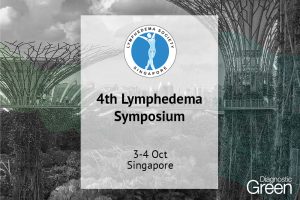Background: The European Association of Endoscopic Surgery (EAES) recommends, with strong evidence, the use of indocyanine green (ICG) fluorescence imaging combined with intraoperative ultrasound (IOUS) to improve identification of superficial liver tumors. This study reports the use of ICG for the detection of colorectal liver metastases (CRLMs) during minimally invasive liver resection. A total of 25 patients were enrolled-11 undergoing laparoscopic and 14 undergoing robotic procedures.
The median age was 65 (range 50-85) years. Fifty CRLMs were detected: twenty superficial, eight exophytic, seven shallow (<8 mm from the hepatic surface), and fifteen deep (>10 mm from the hepatic surface) lesions. The detection rates of CRLMs through preoperative imaging, laparoscopic ultrasound (LUS), ICG fluorescence, and combined modalities (ICG and LUS) were 88%, 90%, 68%, and 100%, respectively. ICG fluorescence staining allowed us to detect five small additional superficial lesions (not identified with other preoperative/intraoperative techniques).
However, two lesions were false positive fluorescence accumulations. All rim fluorescence pattern lesions were CRLMs. ICG fluorescence was used as a real-time guide to assess surgical margins during parenchymal-sparing liver resections. All patients with integrity of the fluorescent rim around the CRLM displayed a radical resection during histopathological analysis. Four patients (8%) with a protruding rim or residual rim patterns had positive resection margins.
Conclusions: ICG fluorescence imaging can be integrated with other conventional intraoperative imaging techniques to optimize intraoperative staging. Rim fluorescence proved to be a valid indicator of the resection margins: by removing the entire fluorescent area, a tumor-negative resection (R0) is achieved.




